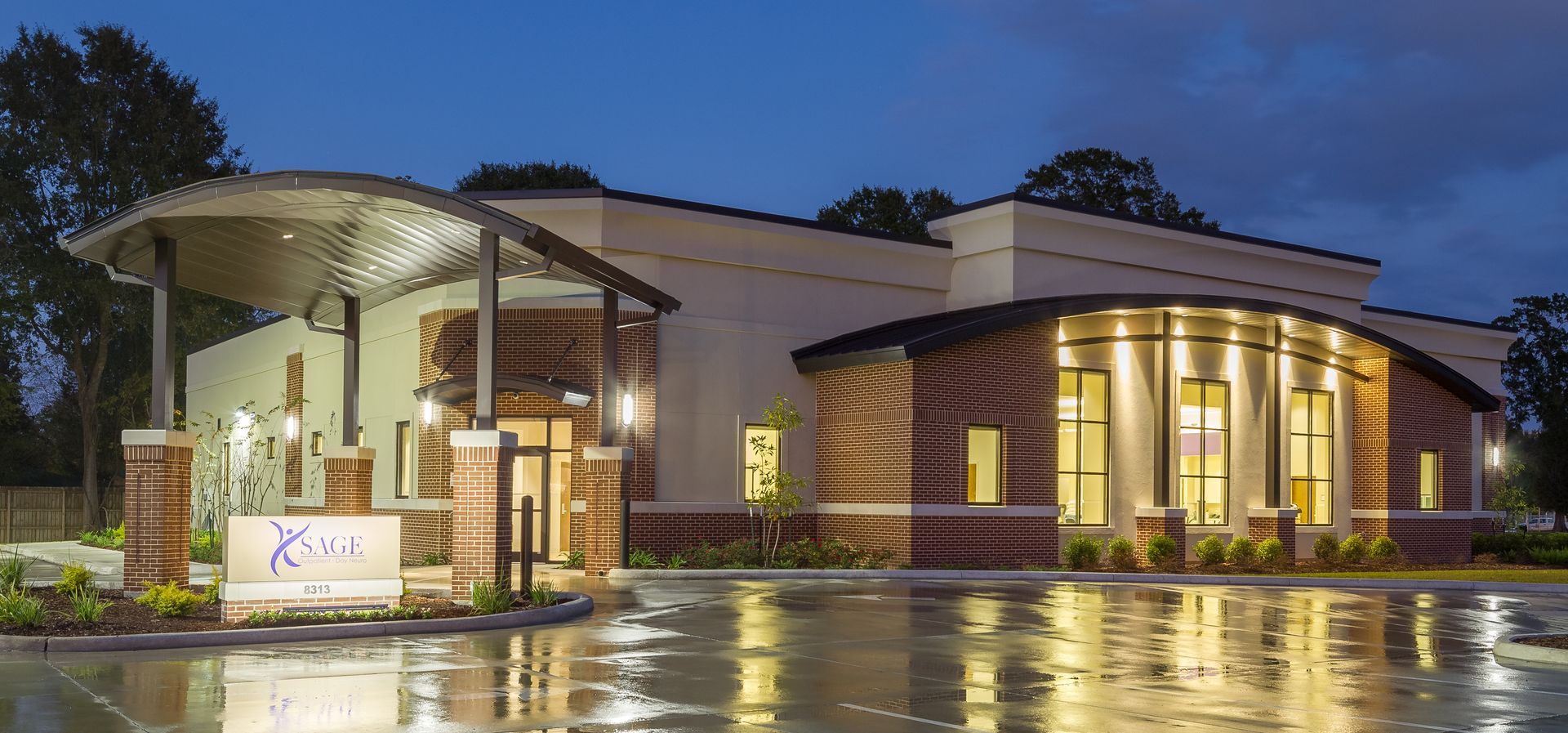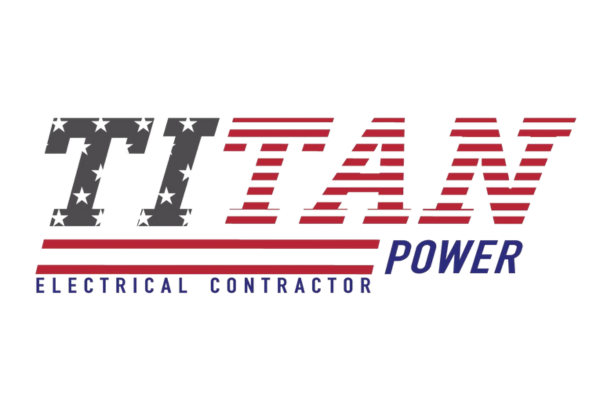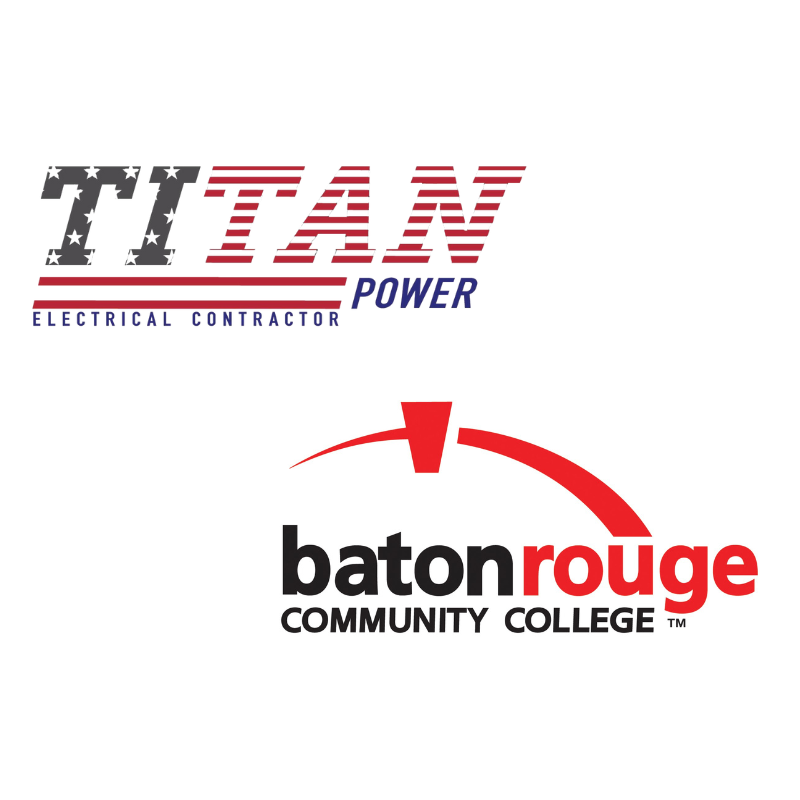The Critical Role of Circuit Breaker Trip Units
The circuit breaker is more than a switch—it’s a guardian

At the heart of this protection lies the trip unit, the component responsible for detecting electrical faults and safely interrupting current flow. Here's why trip units are indispensable for facility owners and engineers:
1.
Core Protection: Guarding Against Faults
A trip unit is the intelligent part of the breaker that senses faults—overloads, short circuits, or ground faults—and opens the circuit to prevent damage, fires, or hazards circuitbreakersuperstore.com.
- Thermal protection safeguards against prolonged overcurrent by detecting heat buildup.
- Magnetic (instantaneous) protection reacts in milliseconds to massive surge currents from short circuits.
- Electronic trip units offer precision via programmable current-time characteristics, essential for coordinating complex commercial systems
eaton.com+2electrical-installation.org+2circuitbreakersuperstore.com+2linkedin.com.
2.
Coordination & Selectivity: Avoiding Unnecessary Outages
Properly adjusted trip settings—such as long-time pickup (Ir), short-time pickup, instantaneous trip, and ground-fault pickup—ensure that only the nearest breaker isolates a fault, maintaining power to unaffected areas
gesrepair.com+12linkedin.com+12electrical-installation.org+12. This selective coordination is essential in commercial environments where uptime is non-negotiable.
3.
Inrush Accommodation: Handling Startup Surges
Many commercial facilities house large motors and HVAC systems. These can draw instant current surges (inrush) many times above their normal ratings. Without adjustable long-time delay settings, breakers may trip prematurely. Properly tuned, trip units let these inrushes pass without delay, yet still protect during sustained overloads
circuitbreakersuperstore.com+1forums.mikeholt.com+1linkedin.com+1circuitbreakersuperstore.com+1.
4.
Customizable Protection: Tailored to Facility Needs
Electronic trip units allow commercial engineers to tailor protection features:
- Adjustable levels for each protection curve (Ir, Im)
- Integrated ground-fault detection
- Real-time metering and diagnostics (in some models)
These capabilities empower you to match protection tightly to your equipment, environmental factors, and operational priorities
en.wikipedia.org+6electrical-installation.org+6linkedin.com+6jpelectricalcompany.com+1linkedin.com+1.
5.
Prevention of Nuisance Trips & Downtime
Nuisance trips are more than annoyances—they cost time, disrupt operations, and increase maintenance. Fine-tuning trip unit settings prevents unnecessary shutoffs while ensuring true faults are swiftly cleared. That balance is vital in commercial setups with diverse equipment and shifting loads
circuitbreakersuperstore.com.
6.
Diagnosis & Maintenance: A Proactive Approach
Modern electronic trip units often log events such as overcurrent, ground faults, and past trips. These logs help engineers identify patterns—like frequent ground faults in specific zones—so they can proactively address root causes, not just reset breakers.
7.
Regulatory Compliance & Risk Management
Standards like NFPA 70 and IEC require certain selectivity and coordination levels for commercial systems. Adjustable trip units allow compliance with these codes while minimizing business interruption risk.
From Practice to Business Benefits
Benefit Impact on Commercial Operations
Reliability: Keeps critical loads running through optimized coordination
Safety: Minimizes conductors overheating, arc-flash, and fire risk
Efficiency: Reduces downtime by preventing mis-operations
Cost Management: Lowers maintenance costs via diagnostic capabilities
Compliance: Meets stringent industry standards and audit requirements
Real-World Case
In one of our industrial projects, a large motor connected to an MCCB was repeatedly tripping due to startup inrush. By adjusting the long-time delay and instantaneous pickup on the breaker’s electronic trip unit, the issue was resolved—allowing safe startup while preserving protection against persistent overloads.
Best Practices for Owners & Engineers
- Review coordination studies to ensure settings align with system design.
- Specify adjustable trip units (electronic or thermal-magnetic) in equipment procurement.
- Tune pickup settings (Ir, Im, long/short delay, ground-fault) per equipment characteristics.
- Schedule regular testing and calibration to maintain trip unit accuracy.
- Use diagnostic features to monitor faults and identify recurring issues.
- Document all settings for compliance and future maintenance traceability.
Conclusion
Trip units in circuit breakers are much more than safety upgrades—they’re essential tools for reliability, efficiency, and compliance in commercial electrical systems. As electrical engineering experts, we recommend investing in quality trip units and ensuring they’re properly specified, commissioned, and managed. The up-front effort provides significant returns in safety, uptime, and long-term cost savings.
Inspired by the 2019 Electrikal Technician post on trip unit types and settings, this article enhances those concepts with practical considerations and benefits that matter in commercial engineering management.



